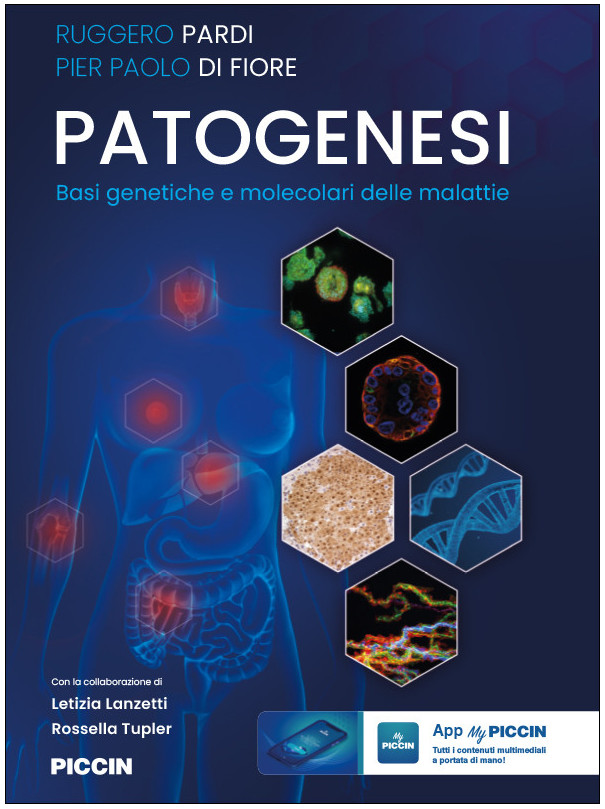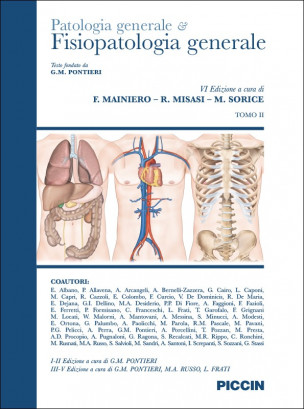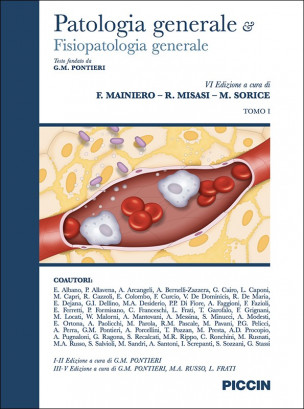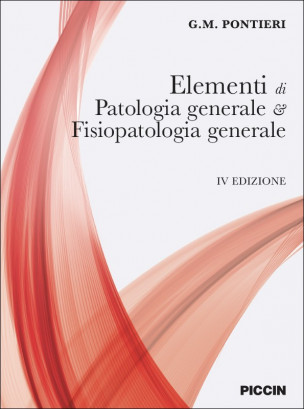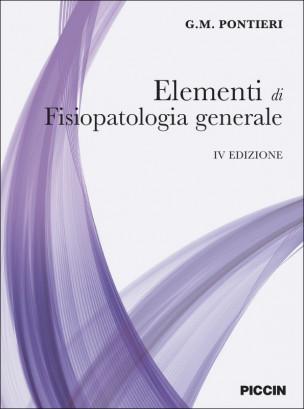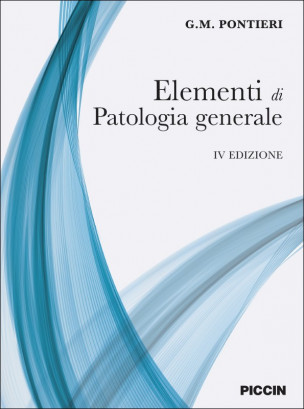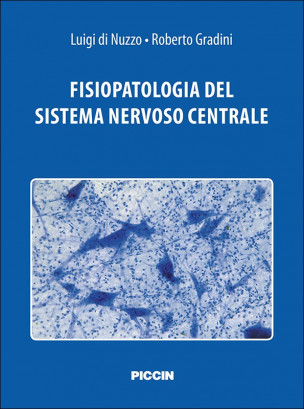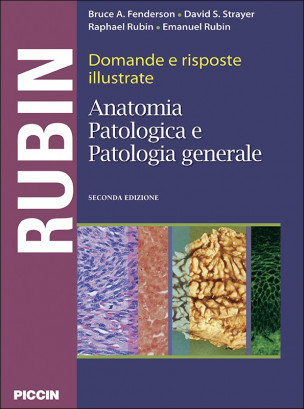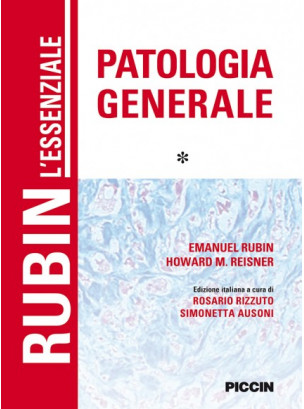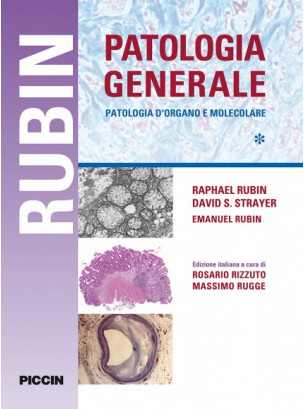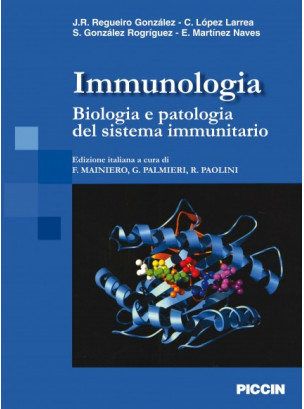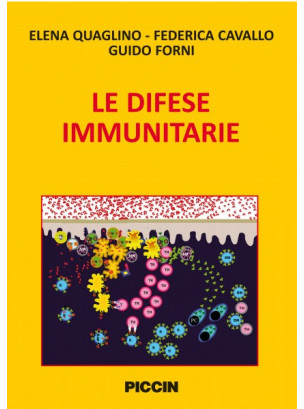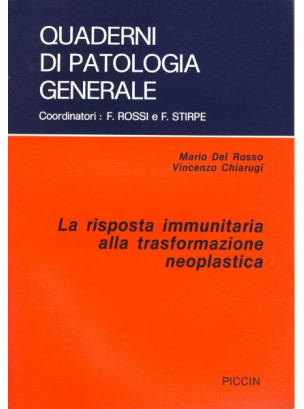Patogenesi-Basi genetiche e molecolari delle malattie
Ruggero Pardi - Pier Paolo Di Fiore
150,00 €
NOTE TO READER
Terms such as "personalized medicine", "precision medicine" or "targeted molecular therapy" are now in common use in the medical environment. These terms refer to a novel diagnostic and therapeutic approach to the patient, based on detailed knowledge of both the molecular pathogenesis of clinical manifestations, and the inter-individual genetic variability underpinning the vast heterogeneity with which diseases manifest themselves. In order to train future healthcare professionals in this direction, however, it will be necessary to fill the cultural and methodological gap due to the poor integration of basic and clinical sciences in medical and health care schools’ curricula. The basic sciences are typically learnt in the first two-three years of the degree course in medicine, when it is inevitably difficult to bring out the applicability of the acquired concepts to clinical reasoning. Conversely, the theoretical-practical knowledge of the clinical disciplines ensues in the final years of the course, when the basic notions are inevitably fading out.
The ambition of this book is to integrate current knowledge on the main pathogenetic mechanisms with examples of how these mechanisms contribute to determining the distinguishing clinical features of diseases. Each chapter that systematically exposes the genetic-molecular pathogenesis of the most common classes of disease (genetic basis of diseases; adaptive cellular responses to stress and degeneration; inflammation; immunity; hemostasis; cancer) is followed by a chapter that illustrates in a didactic way the clinical manifestations of "paradigmatic" diseases, introduced in the form of clinical cases. Each case begins with the description of how the patient presents himself to the doctor's observation, continues with a path, reasoned and accessible to students in the first years of training, of analysis of the main diagnostic tests, and ends by recapitulating the pathogenetic mechanisms specifically in cause in determining the clinical scenario under study. This textbook is especially devoted to students of the Basic Pathology and Immunology courses; we do, however, hope that the book will accompany them throughout the course of study, providing an integrated genetic and molecular view of disease mechanisms.
The style of the manual is deliberately informal and narrative, corresponding to the pace of a frontal lesson (perhaps it will be useful to avoid too many useless recordings and transcriptions) rather than the tight cadence of a traditional text. Writing is, broadly speaking, organised on three levels of complexity which can also correspond to a reading/learning strategy:
- The main text, which corresponds to the "narration" of the principles and the experimental evidence on which the principles are based.
- The figures, many of which are animated in a digital version to introduce the temporal sequence of the illustrated events, which contain most of the biological and molecular details of the principles illustrated in the text.
- The in-boxes, which represent insights of various kinds (including some historical insights) to obtain a more complete understanding of how the principles were formulated.
Never before has medicine been shaken by transformative jolts, due to the convergence of various "revolutions": from genomics, to bioinformatics, up to the use of artificial intelligence to support the diagnostic procedure. In the face of these continuous progress, the obsolescence of a didactic text is almost unavoidable. The only useful remedy to counteract this obsolescence, preserving the basic concepts but integrating them with new knowledge, is the abundant use of IT tools. Over time, the manual will be updated online more frequently than in the printed version. Some contents are already accessible exclusively in the online version: from the animations of some figures, to the suggested in-depth readings, to the highlights of individual topics, to the summary questions (presented in the form of thought questions). The online section is integrated by an interactive interface, a sort of communication forum between authors and users of the book: we would like to encourage our readers to use it to answer thought questions (as well as to provide us with suggestions on the text itself). It's a somewhat experimental procedure... but we hope to be able to respond in a reasonable time to the input that readers will give us.
An essential contribution to the completion of this work stems from the collaboration of numerous clinical colleagues who work in our institutions (San Raffaele Hospital in Milan and the European Oncological Institute in Milan). With competence and enthusiasm, these colleagues have helped us to structure and streamline the clinical cases that we have inserted in the text. We also wish to thank the many generations of our students, whose comments and "seemingly simple" questions have shaped and progressively refined the style and content of our teaching, both in the classrooms and in this manual. We also thank our mentors, who have inspired us in the training years, in clinical practice and in research activity. These “Good Masters” have passed on to us the passion for medicine, a rigorous approach to science and the ethical sensitivity that should guide every physician.
No customer comments for the moment.


